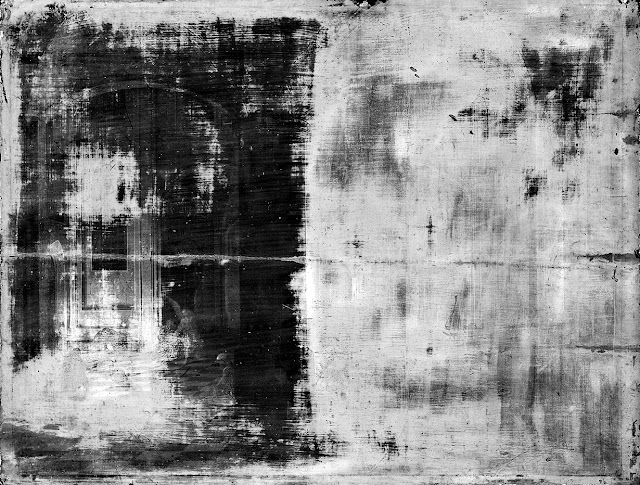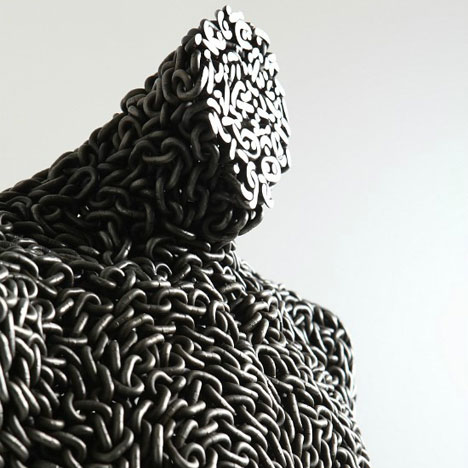ALEJANDRO GUIJARRO - LEAD
Working in collaboration with the conservation and collections departments of The Prado Museum, Madrid, The Louvre, Paris and The National Gallery, London, the artist scanned X-ray, infrared and ultra-violet renditions of Old Master paintings – including works by Uccello, van Dyck, Rubens, Delacroix, Goya and Velazquez amongst others. Monochromatic and energetic, the resulting photographs possess a graphic power strangely suggestive of the New York School artists, or a Gerhard Richter abstract.
The title of the new series, LEAD, refers to the presence of the metal in 17th and 18th century paint. This is what the X-rays show, bouncing back off lead pigments and transforming the paintings from recognisable images into otherworldly scenes, as if the viewer is given access to a separate reality below the surface paint. Guijarro has taken a scientific process used to demystify the paintings, and in doing so made them more unknowable, blurring the divisions between science and art.
Says artist Alejandro Guijarro: ‘At the heart of this series of work is a paradox: as X-rays they belong to the realm of scientific images, objective, possessing an unquestionable scientific truth. Yet, by their visual indeterminacy, they also exist in the subjective world of personal interpretation, the intuitional and emotional’.
This series continues Guijarro’s investigations into the paradoxes and contradictions that emerge where the boundaries of the photographic image break down. His first major series, Momentum, was a three-year project which saw the artist travel to the great quantum mechanics institutions around the world. From Berkeley in California to CERN in Switzerland, Guijarro photographed blackboards as he found them, before reproducing them at a 1:1 scale. By undermining our recognisable modes of perception, Guijarro’s photographic practice aims to question the solidity and authority of the photographic image and its ability to refer to reality and truth.
– Francis Hodgson, Art Critic for the Financial Times






